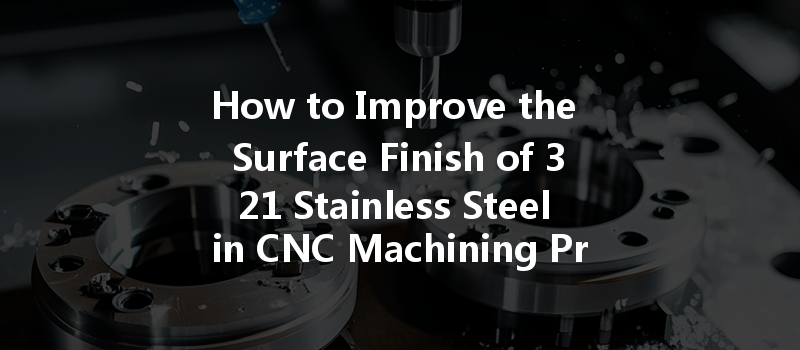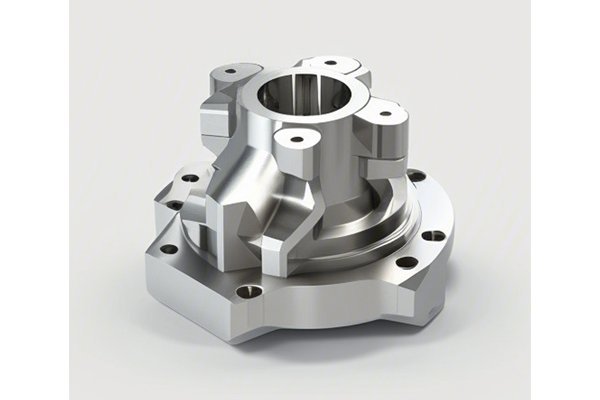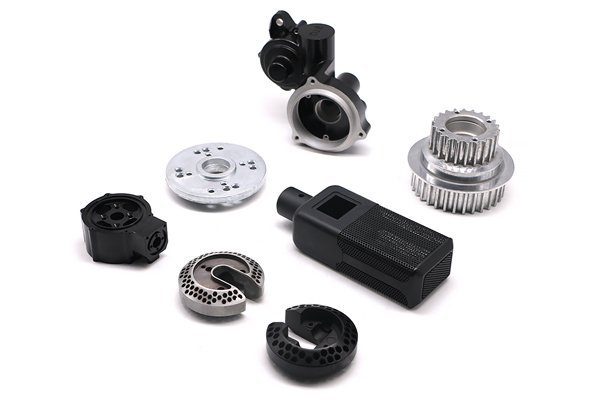: The Importance of Surface Finish in CNC Machining
Did you know that approximately 70% of manufacturing issues arise from poor surface finishes? This statistic is particularly crucial in industries such as aerospace, automotive, and medical devices, where precision and reliability are paramount. Among various materials used in CNC machining, 321 stainless steel stands out for its excellent corrosion resistance and thermal stability. However, achieving an optimal surface finish can pose challenges that, if left unchecked, can affect the material’s performance and longevity.
So, how can manufacturers ensure superior surface finishes on 321 stainless steel? This blog will delve deep into the methods and techniques for enhancing the surface finish of 321 stainless steel during CNC machining processes. We will not only discuss the challenges but also provide actionable solutions based on best practices.
Understanding 321 Stainless Steel
Before figuring out how to improve surface finishes, it’s essential to understand the material properties of 321 stainless steel. This alloy is austenitic, primarily composed of iron, chromium, and nickel, along with a small percentage of titanium. The primary characteristics of 321 stainless steel include:
But while it delivers in strength and resistance, one common issue is achieving a satisfactory surface finish during machining. Let’s explore why this is crucial and the methods to enhance it.
Challenges of Achieving a Fine Surface Finish on 321 Stainless Steel
Achieving a fine surface finish on 321 stainless steel can be challenging due to factors such as:
Solutions to Improve the Surface Finish
Choosing the right tooling is essential for achieving a high-quality finish. Here’s how to make your selection:
Careful adjustment of cutting parameters is necessary to achieve an ideal surface finish:

The use of the right cutting fluid can dramatically affect the surface finish:
A rigid setup minimizes vibrations during machining, contributing to improved surface finishes:
Even after machining, achieving the desired surface finish might require additional steps:
To ensure that all steps have improved the surface finish, rigorous inspection methods are necessary:
In the complex world of CNC machining, particularly for materials like 321 stainless steel, achieving a quality surface finish is a multifaceted challenge. From selecting the right tools and cutting parameters to maintaining optimal setup and implementing effective post-processing techniques, each aspect plays a crucial role in successful machining.
Investing time and resources into improving surface finishes not only enhances product quality but also ensures long-term durability and performance, which is incredibly vital in high-stakes industries such as aerospace and medical.
This blog synthesizes the core techniques and strategies needed to master the complexities of CNC machining 321 stainless steel. By integrating these methods into your machining operations, you can mitigate risks and improve outcomes.
Ultimately, improving surface finishes should be a continuous pursuit in your machining practice. The insights provided here should serve as a blueprint for elevating your production quality and capability. Whether you are an experienced machinist or new to the field, understanding the importance of these techniques can have a profound impact on your operational success and product reliability.






